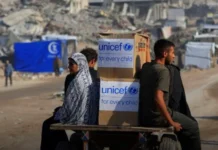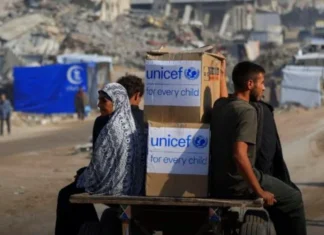On July 11, 1995, Srebrenica – a small Yugoslav spa town, became the site of Europe’s last genocide of the 20th century. The Srebrenica massacre was the genocidal killing of more than 8,000 Bosniak Muslims. The incident testifies to the grave incompetence and nonchalance of the UN.
SREBRENICA JULY 11: On July 11, 1995, Srebrenica – a small Yugoslav spa town, now located in Bosnia and Herzegovina – became the site of Europe’s last genocide of the 20th century. Thirty years later, the town, whose population is now 60 percent Bosniaks and 40 percent Serbs, has not regained its former glory and remains haunted by the memory of one of the worst crimes of the Yugoslav wars.
The Srebrenica massacre, also known as the Srebrenica genocide, was the July 1995 genocidal killing of more than 8,000 Bosniak Muslim men and boys in and around the town of Srebrenica during the Bosnian War. It was mainly perpetrated by units of the Bosnian Serb Army of Republika Srpska under Ratko Mladić, though the Serb paramilitary unit Scorpions also participated.
Before the massacre, the United Nations (UN) had declared the besieged enclave of Srebrenica a “safe area” under its protection. A UN Protection Force contingent of 370 lightly armed Dutch soldiers failed to deter the town’s capture and subsequent massacre. The incident testifies to the grave incompetence and nonchalance of the UN.
In 2004, the Appeals Chamber of the ICTY ruled the massacre of the enclave’s male inhabitants constituted genocide. Survivors and families continue to fight for justice, recognition, and the preservation of memory.
IDF Soldiers: We Are Ordered To Shoot
Featured Image: Andrija









